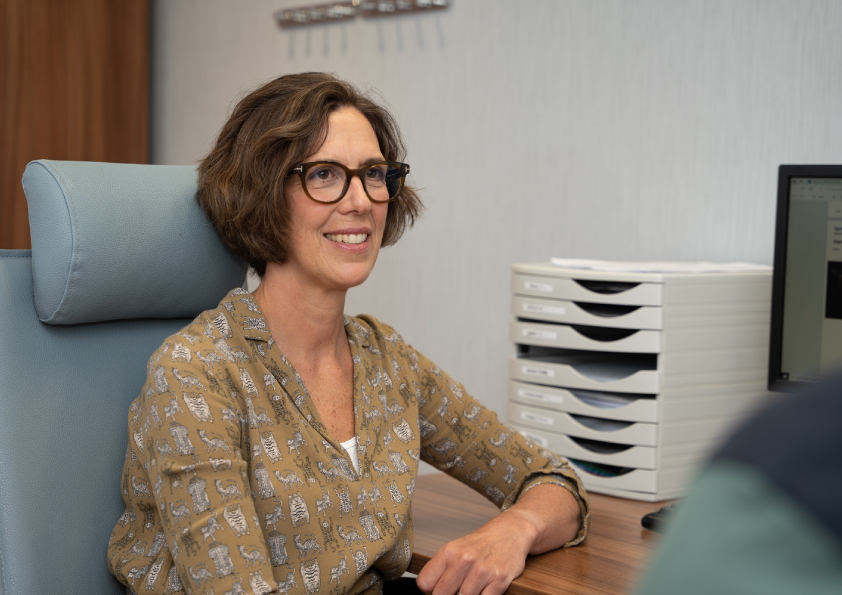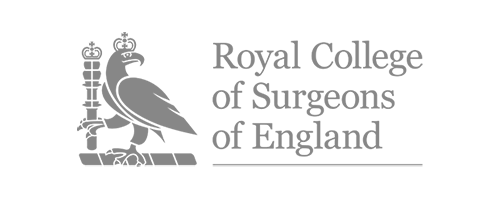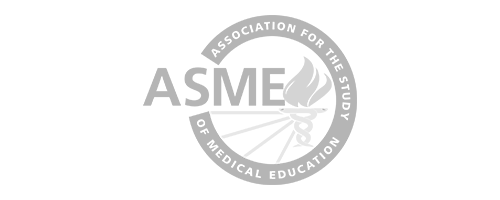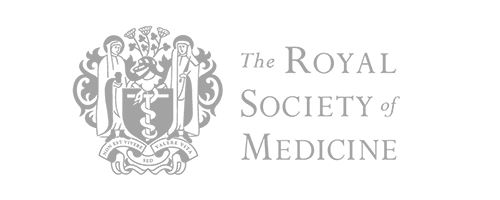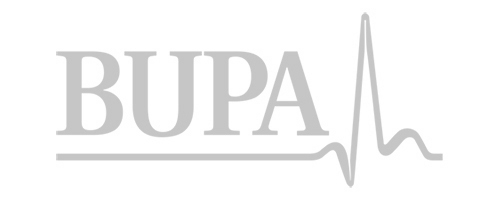WHAT ARE HAEMORRHOIDS?
Haemorrhoids (often called piles) are very common. Derived from anal cushions (normal part of the anal canal) , they are thought to be precipitated by straining e.g. because of constipation.
Classic haemorrhoidal bleeding is bright red in colour and separate from the motions. It is usually seen on toilet paper but can also be seen in the pan and occasionally the quantity can be alarming. Haemorrhoids can also cause discomfort but are not usually associated with severe pain, unless complicated by a blood clot (peri-anal haematoma). Haemorrhoids can also cause anal irritation and itching by seepage caused by the disturbance of the continence mechanism facilitated by the anal cushions. They can also cause various degrees of anal protrusion/ lump.
Often classified as internal (cannot be seen unless they protrude) or external, the more useful clinical classification refers to the resultant symptoms (1st degree to 4th, depending upon bleeding and protrusion/ prolapse).
First and second degree haemorrhoids are those that bleed alone or bleed and protrude whilst or after emptying the bowels. These can generally be treated through conservative measures such as eating a fibre-rich diet, regulating one’s bowels and avoiding straining. Over the counter ointments may also provide symptomatic relief. Often people will choose to live with minor haemorrhoidal symptoms as long as they have being reassured that their symptoms are not caused by any more sinister. Occasionally treatment with rubber band ligation (in clinic) might be indicated. Some second degree haemorrhoids that bleed regularly/ profusely may need surgery.
Third and fourth degree haemorrhoids are those that have to be repositioned back manually or those that stay out permanently. These often need surgical treatment. There are various surgical options.
Traditional open haemorrhoidectomy has now largely been replaced by newer techniques but still has a role in a number of cases.
The Rafaelo Procedure and Transanal haemorrhoidal de-arterialisation (THD) are the newest of these techniques whereby each vessel feeding the haemorrhoidal cushions are individually ligated by using a special ultrasound device to locate them. Any prolapse can then be treated by deploying special ‘hitching-up’ stitches. Apart from excellent functional results, the main advantage of these procedures is that they are a largely painless procedure.
WHAT SHOULD YOU DO IF YOU ARE CONCERNED?
If you suspect (or know) that you have haemorrhoids and if you have any of the symptoms above, you should consult your GP and request a referral to Ms Burt. Alternatively, self funding patient can also contact us directly through our appointments page.
WHAT CAN YOU EXPECT AT YOUR CONSULTATION?
Ms Burt will take a full history and examine you. The examination may include a quick inspection of your back passage with a short telescope. Whilst the aim of this consultation will be to diagnose your haemorrhoids and their severity, she will also want to carefully exclude other causes for your symptoms. This may require another camera examination called an endoscopy on a different day.
Once the diagnosis and severity have been established, Ms Burt will counsel you about all your various options and help you choose the treatment that is most suitable and tailored to your individual needs.


